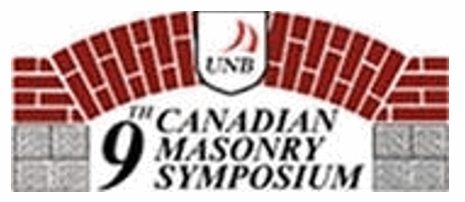Margaret L. Thomson[1] and Richard Godbey[2].
- Ph.D., Chemical Lime Company, Technical Manager, National Building Construction, Henderson, Nevada, margaret.thomson@chemicallime.com.
- B.Sc. Chemical Lime Company, Project Manager, National Building Construction, Henderson, Nevada, richard.godbey@chemicallime.com.
ABSTRACT
During the summer months mixing and working with mortar in air temperatures in excess of
38°C and relative humidity often far less than 30% is common practice in many of the southern United States. This can also occur for weeks at a time in some parts of the northern states and in southern Canada. In northern Texas, there has been a practice of switching to Type SA hydrated lime, (air entrained) for cement-lime mortars to aide in extending board life, particularly when using white cement. Some proprietary products made of bentonite clay with air entrainment are reportedly used for the same reason.
This study investigates hot weather board life of mortars made with Type S and SA (air entrained) hydrated lime and a bentonite clay-air entrainment admixture combined with white and gray cement. Test procedure is outlined in ASTM C 780 Annex 3. Twenty-two mortar mixes were completed in southern Nevada in September with site air temperatures greater than 38°C (45°C max.) and relative humidity less than 25% (10% min.) Local mortar sand was used.
In summary, the results indicate the following:
- Cement-SA lime mortars showed the longest board life, cement-S lime mortars intermediate, and cement-bentonite clay with air entrainment showed the shortest board life.
- White cements have a shorter board life when compared to common gray cement.
- Water/cement ratios for the cement-bentonite clay and air entrainment mortars are higher than the cement-lime mortars to achieve similar consistency, but these higher water/cement ratios did not improve board life.
Key words: hot weather masonry, board life, cement-lime mortar, air entraining agent
MORTAR05



